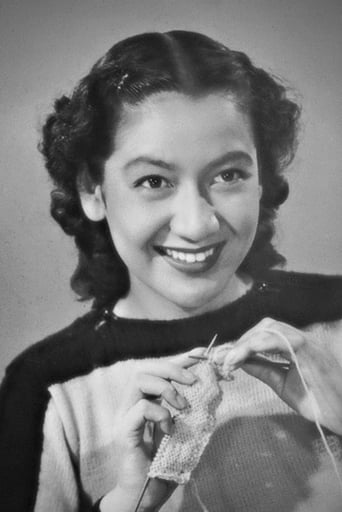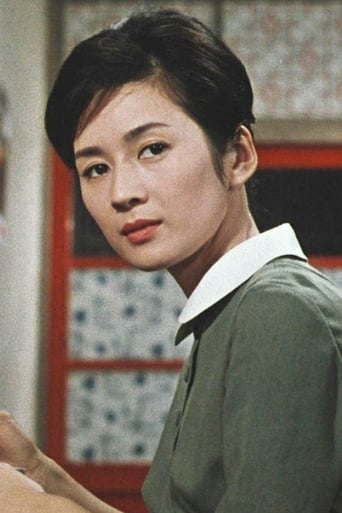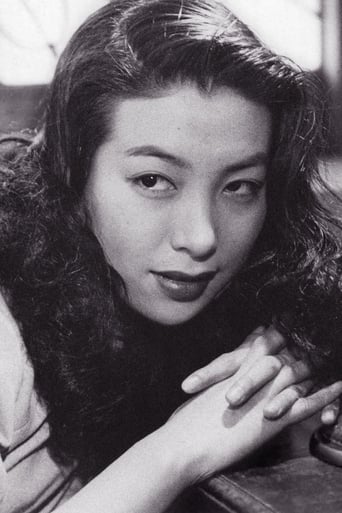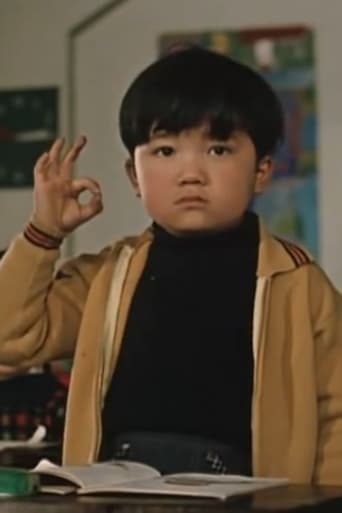Sexylocher
Masterful Movie
Matialth
Good concept, poorly executed.
Salubfoto
It's an amazing and heartbreaking story.
Derry Herrera
Not sure how, but this is easily one of the best movies all summer. Multiple levels of funny, never takes itself seriously, super colorful, and creative.
treywillwest
Western viewers want to find a stoical impulse in Ozu's world view, but I think a certain orientalism is at play in this. Surely this "genius from the east" must be telling us something... transcendental and wise!
In fact, I think the two most constant themes in Ozu's films are the momentary joys of life, and the suffering that comes with the loss of loved ones, either to death, the demands of modernity, or some conspiracy between the two. Those two topics seem stripped particularly bare in this late work, a short one by the standards of the director. Ozu's longer films, particularly Tokyo Story, might literally be chamber dramas, but in their breadth of subject and number of characters they have an epic quality- a kaleidoscopic depiction of post-war Japanese society.
This film, by comparison, truly is a chamber drama with a relatively tight focus on one central figure and those around him. The characters aren't meant to comment about anything but themselves, and their joys and sorrows are laid all the more bare.
maryszd
This beautiful, haunting film takes place at the end of a hot Japanese summer that, as one of the characters puts it, "refuses to end." The mournful sound of cicadas accompanies the series of tableaux about the scion of the Namakura family, a whimsical widower who continues to see the mistress who caused his late wife and currently cause his three daughters a lot of sorrow. The film is about the impracticality and unpredictability of love in opposition to a rigid social order. Two of Namakura's daughters share their father's ambivalence about marriage. The older daughter, herself a widow, hesitates to re-marry. Although she embraces traditional values, she treasures her life "as it is," and values the freedom she now has as a single woman. Another daughter prefers to marry for love, rather than go with the dull, practical man her family has chosen for her. Only one daughter has a traditional marriage, but she's the most angry and outspoken to her father about his mistress. The film is also about the contrasts between the old and, "New Japan," the English words written on a flashing neon sign glimpsed on an anonymous city street. Despite his eccentricities, Namakura was a good businessman who kept the family sake business afloat; he could straddle both the old and new worlds. This is a physically gorgeous film, filled with humble domestic scenes that radiate the light of Vermeer and Dutch genre paintings. Ozu shows tremendous respect for women and the humble work they do--washing, sewing, cooking. It's work that is usually unseen and under-appreciated, so it's a pleasure to see it honored here.
eldino33
"Kohayagawa-ke no aki" reveals a spectacular display of color and form that only a true master of art can achieve. Yasujiro Ozu has outdone even himself in this regard. One can easily get lost in one scene after another and forget that a film is playing. It is a though one is in an art gallery of cultural art which happens of be that of Japan. Monet attempted to imitate the impressionistic art of Japan during his lifetime in the 19th century, as can be seen in his own collection. The trend seems reversed in the 20th century, with Ozu using the techniques of American and European hard-edge expressionist. The results are stunning, infinity better than his earlier works. The same scenes in black and white in 1956 are presented in 1963 with vivid complementary and contrasting color. Barrels against a wall are no longer just gray shades but brown tubs with white rims and adjacent white umbrellas and buildings. There are dozens of other equally impressive combinations. The most spectacular scenes are those without actors or minimal acting. But after all, this is a movie so one has acting and dialogue. Moving hand fans dominate many scenes to an almost hypnotic end. The striking neon sign of the NEW JAPAN presages the future. The Left Elbow Index considers film from seven perspectives--acting, production sets, artistry, character development, film continuity, plot and dialogue--with a rating of 10 for very good, 5 for average, and 1 for needs help. The sets, the artistry, and the plot are rated very good. The plots are intriguing: to marry or not, East vs West, and cultural change. The acting is average due to the fixed photo technique and the talking head approach. Dialogue is appropriate. However, character development and film continuity seem submerged in the attention to color and form. The LEI average rating is 6.0, with a full point more given for Ozu's quantum leap into a new world of color, resulting in a 7.0, or above average, equal to an 8 on the IMDb scale. If one is serious about film history, this movie is essential to understanding trends. I strongly recommend this film. Just sit back and enjoy one tableau after another. You may find your jaw dropping in wonder and awe.
maerte
This film is a little bit disappointing. Ozu did not portrait human emotions as intensive as in "Tokyo Monogatari". Neither has the film the wit and humour of "Ohayo". He did not succeed to characterize the person as good as in other films. The setting of the action in Kyoto instead of Tokyo could have provided the possibility to represent the contrast the conflict between old Japan and "New Japan" in a more distinct way. But unfortunately Ozu produces some cliches. But after all what is a "bad" movie by Ozu in comparison to all the other stuff.





